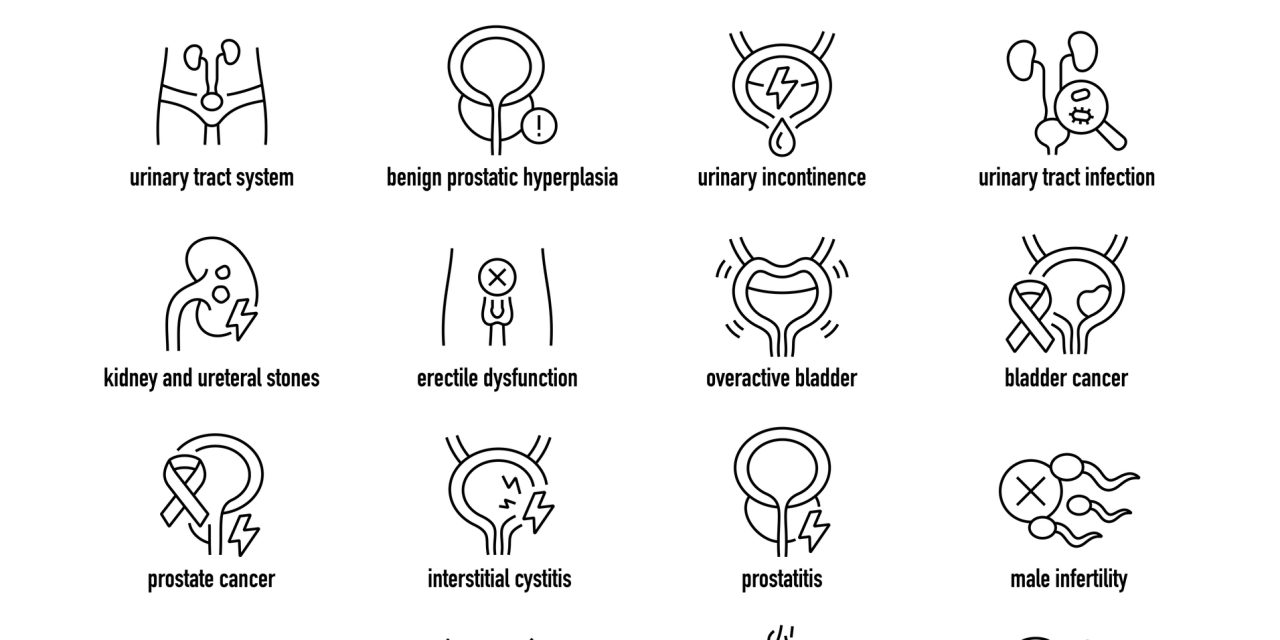We studied morphological changes in the prostate ventral lobe, proliferative activity of the epithelium in prostate acini, and the levels of prolactin and prostate-specific antigen in the blood serum of Sprague-Dawley rats after repeated injections of sulpiride in a dose of 40 mg/ kg over 30 and 60 days and in 10 and 30 days after withdrawal. Morphological and morphometrical analysis of hyperplastic changes in the prostate ventral lobe was performed. Ki-67 proliferating epithelial cells in the acini were counted. The dynamics of serum concentrations of prolactin and prostate-specific antigen was evaluated by ELISA. Morphological and morphometrical analysis and evaluation of the content of Ki-67 cells demonstrated epithelium hyperplasia in the prostate ventral lobe after sulpiride treatment for 30 or 60 days and in 10 days after withdrawal, but serum level of prostate-specific antigen did not differ from the control. After 60-day sulpiride treatment and in 30 days after withdrawal, pronounced hyperplastic changes of prostate and elevated concentrations of prostate-specific antigen (but not prolactin) were observed. Thus, administration of sulpiride (40 mg/kg) to Sprague-Dawley rats for 60 days allows, by morphological criteria and serum level of prostate-specific antigen, to model stable hyperplastic changes in the prostate corresponding to benign prostatic hyperplasia in humans.
Morphological and Biochemical Characteristics of Prostate Hyperplasia during Sulpiride Treatment.


